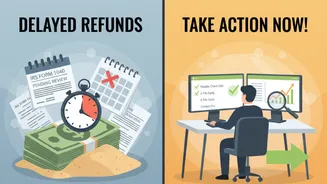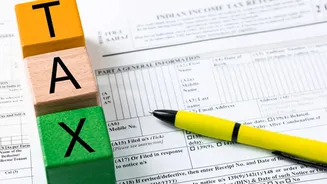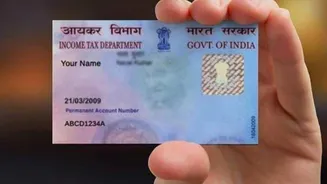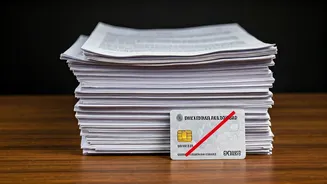If you filed your Income Tax Return (ITR) on time and your status shows ‘Processed’ but the refund hasn’t yet reached your bank, don’t panic. Refunds can
sometimes take longer to arrive even after successful processing, and there are a few common reasons behind the delay.
Why Your ITR Refund Might Be Delayed
Several factors can hold up your refund even after your ITR has been processed:
- Incorrect bank details or IFSC code
- Mismatch in TDS or tax credit details
- Processing delays — refunds may take 15–30 days after being issued
- Before raising a concern, it’s wise to double-check your bank information and Form 26AS on the Income Tax portal.
How to Track and Resolve Refund Issues
Follow these quick steps to find out what’s causing the holdup:
- Log in to the Income Tax e-filing portal.
- Go to the “Refund/Demand Status” section.
- Check whether your refund has been processed.
- If the refund is processed but not credited, verify your bank account number and IFSC code.
- If the details are correct, submit a Refund Reissue Request.
- Once you submit the reissue request, the refund is typically credited soon after.
Still No Money? Contact NSDL or Your Bank
If you can see an RFD (Refund File Dispatch) code on the portal but haven’t received the money yet, it means the refund has already been released.
Also Read: Made A Mistake In Your ITR? Here’s How You Can Still File An Updated Return For AY 2025-26
In such cases:
- Contact NSDL (National Securities Depository Limited) or your bank branch.
- Sometimes, the issue is just a technical delay in the banking network.
- Refunds generally take 15 to 30 days from the processing date to appear in your account.
Who Gets Faster Refunds
Taxpayers with simpler income profiles — like salaried individuals, those earning interest income, or others in the non-audit category — usually get their refunds processed faster.
That’s because their returns are often self-filed directly on the portal, with fewer discrepancies and quicker verification.












